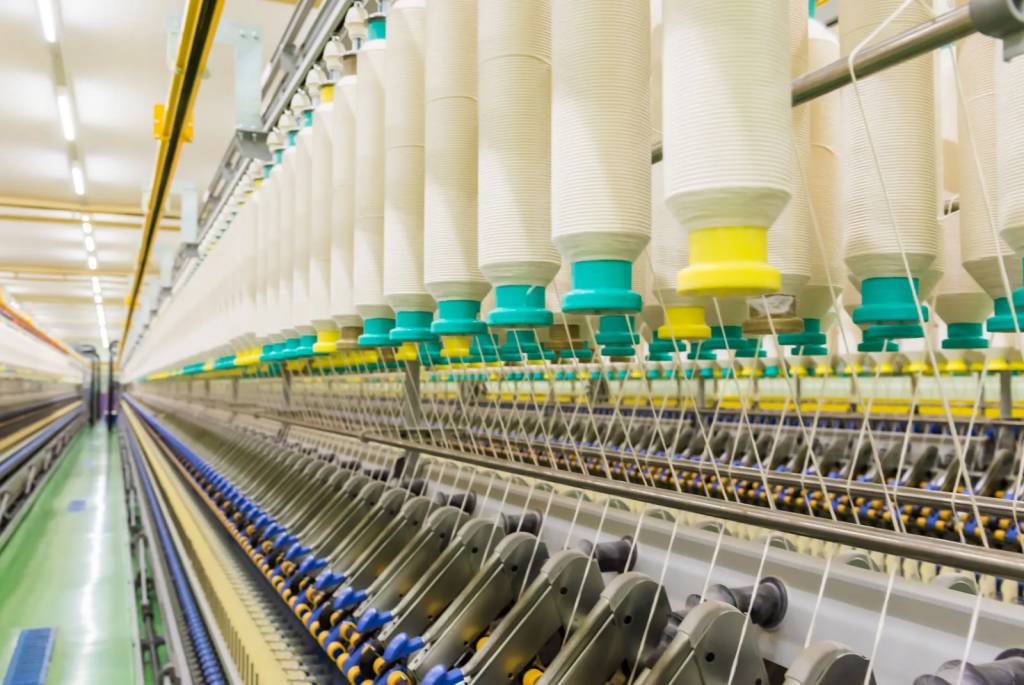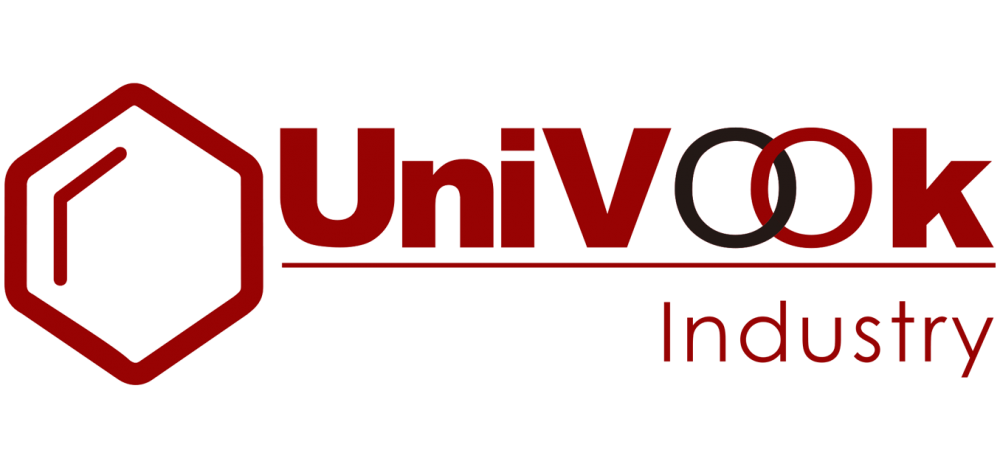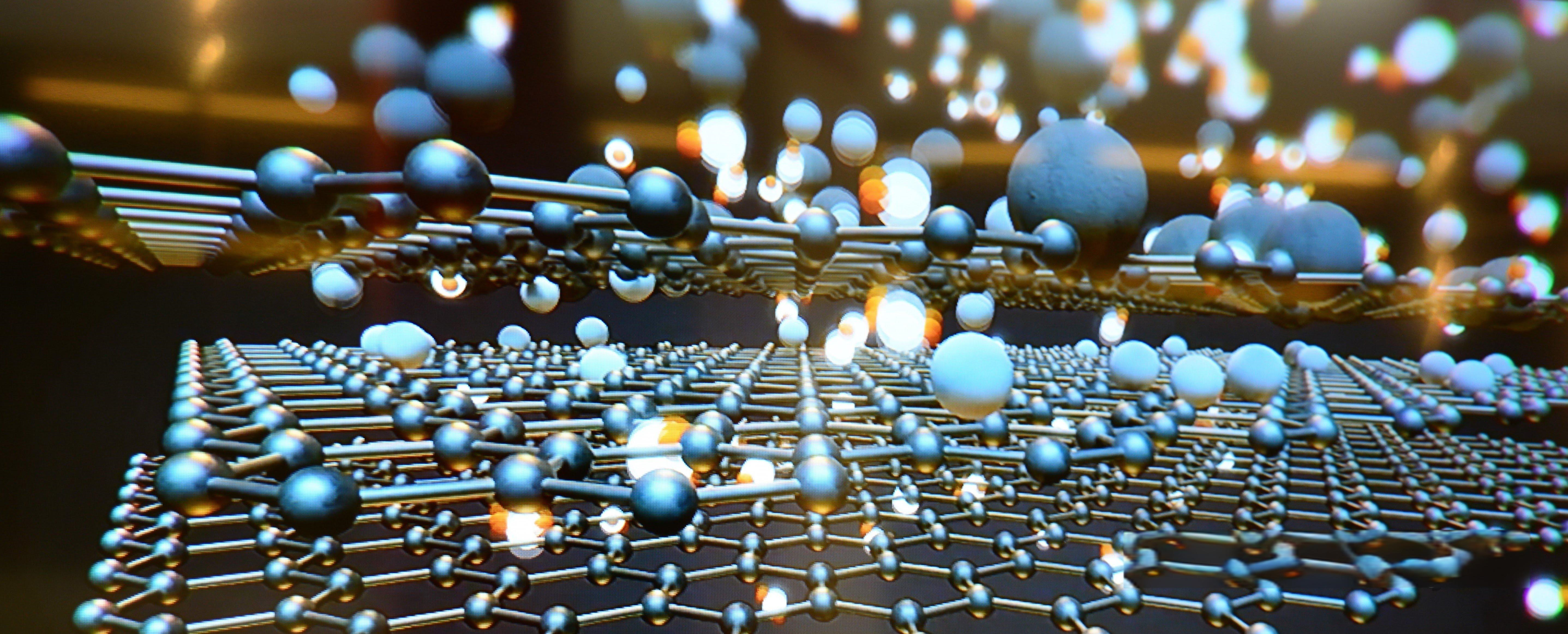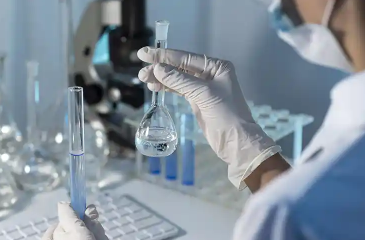Avoiding Phenol Yellowing for Nylon and Its Blends Containing Elastic Fibers – Exploring Inhibitor Solutions
Textiles, subject to environmental exposure, often undergo color alterations, with phenol yellowing being a prevalent concern in nylon and elastic fiber blends. Phenol-yellowing inhibitors have emerged as crucial additives in textile processing to counter this issue. Among these, Lutas MGB, a specific Phenol Yellowing (BHT) Inhibitor, addresses the needs of various nylon and nylon-blend fabrics, including those containing elastic fibers. This introduction underscores the significance of mitigating phenol yellowing and sets the stage for exploring inhibitor solutions as a viable strategy for combating this problem in textile manufacturing.
Understanding Phenol Yellowing
Causes and Mechanisms
The genesis of phenol yellowing predominantly stems from the interplay between phenolic compounds inherent in textiles and atmospheric contaminants, notably nitrogen oxides and sulfur dioxide. Upon exposure to light, these contaminants act as catalysts, triggering the oxidative breakdown of phenolic compounds, which ultimately manifests as yellowish discoloration. Furthermore, factors like heat and humidity can intensify this phenomenon.
Factors Influencing Severity
Various elements contribute to the extent of phenol yellowing, encompassing the concentration of phenolic compounds within the textile, the duration and intensity of light exposure, the presence of atmospheric pollutants, and environmental variables such as temperature and humidity. Additionally, the choice of fiber and dye in the textile composition plays a pivotal role.
Previous Research on Mitigation
Past investigations have delved into diverse strategies to alleviate phenol yellowing in nylon blends. These strategies range from employing antioxidants and UV stabilizers to impede oxidative degradation to devising barrier coatings aimed at curtailing exposure to atmospheric pollutants. Nonetheless, hurdles persist in achieving efficacious and enduring solutions, particularly in blends incorporating elastic fibers. Anti-phenol yellowing agents have emerged as promising assets in fortifying fiber materials against ultraviolet radiation and atmospheric pollution, thus retarding fabric yellowing. These agents represent crucial components in the ongoing endeavor to combat phenol yellowing in textile production.
Elastic Fibers in Nylon Blends
Varieties of Elastic Fibers
In the realm of nylon blends, elastic fibers are commonly incorporated to augment flexibility and stretchability. Spandex (known as Lycra or elastane), polyester elastane, and polyurethane elastane are among the prevalent elastic fibers blended with nylon. Each variant boasts distinctive properties, enhancing the overall performance and comfort of the textile.

Properties Influencing Phenol Yellowing
While elastic fibers bestow favorable stretch and recovery attributes upon nylon blends, certain characteristics can exacerbate phenol yellowing. Notably, spandex, a ubiquitous elastic fiber, harbors aromatic compounds prone to oxidative degradation when exposed to light and atmospheric pollutants. Furthermore, additives and coatings utilized to bolster fiber elasticity may introduce additional susceptibilities to phenol yellowing.
Challenges in Phenol Yellowing Mitigation
Tackling phenol yellowing in nylon blends containing elastic fibers presents distinctive hurdles. The inherent sensitivities of elastic fibers to light and atmospheric conditions demand tailored approaches to mitigation. Furthermore, assessing the compatibility of inhibitor solutions with elastic fibers and their potential impact on elasticity and durability is imperative. Achieving enduring mitigation of phenol yellowing mandates a thorough grasp of the intricate interplays among fiber materials, additives, and environmental elements. Striking a balance between safeguarding against phenol yellowing and preserving desired textile attributes remains an enduring challenge for textile manufacturers.
Exploring Inhibitor Solutions
Types of Inhibitors
In the textile industry, various types of inhibitors are utilized to mitigate phenol yellowing. These include antioxidants, UV stabilizers, and specific phenol-yellowing inhibitors like UniVOOK Chemical’s Lutas MGB. Each type serves distinct functions in safeguarding textiles against discoloration and degradation.
Mechanisms of Action
Inhibitors operate through diverse mechanisms to mitigate phenol yellowing. Antioxidants, for instance, scavenge free radicals generated during oxidative degradation processes, thereby inhibiting yellowing. UV stabilizers absorb or scatter harmful UV radiation, protecting the textile from photochemical reactions. Phenol yellowing inhibitors like Lutas MGB target specific compounds, such as BHT, neutralizing their yellowing effects.
Selection Criteria
Effective inhibitor solutions must meet several criteria to ensure optimal performance. These include compatibility with textile materials and processing methods, stability under various environmental conditions, and non-interference with desired fabric properties. Additionally, inhibitors should demonstrate efficacy in mitigating phenol yellowing while maintaining fabric integrity and appearance.
Review of Existing Solutions
Existing inhibitor solutions vary in their effectiveness in mitigating phenol yellowing. UniVOOK Chemical’s Lutas MGB stands out for its specific formulation targeting BHT-induced yellowing in nylon and nylon-blend fabrics. Its mildly acidic nature ensures compatibility with fabric treatment processes, while its low-foaming characteristics make it suitable for use in high-turbulence machinery. Evaluating the performance of inhibitor solutions through systematic testing and comparison is essential for identifying the most effective options for textile manufacturers.
Implications and Applications
Practical Implications for Textile Manufacturers
Textile manufacturers benefit significantly from anti-phenol yellowing agents, especially in outdoor, sports, and protective fields. By applying these agents through dipping, coating, or spraying, manufacturers can enhance the light and oxidation resistance of fibers like cotton, linen, wool, and polyester. This improves fabric stability, delays color changes, and boosts durability, ultimately increasing product quality and customer satisfaction.
Potential Applications of Inhibitor Solutions in Various Textile Products
Inhibitor solutions have diverse applications across textile products. They enhance UV resistance and anti-aging properties, making fabrics suitable for outdoor gear, sports apparel, and protective clothing. By expanding into specialized environments, such as outdoor activities or workplace safety, textiles treated with anti-phenol yellowing agents cater to evolving consumer needs and open new market opportunities for manufacturers.
Future Directions for Research and Development
The future of anti-phenol yellowing agents lies in continual innovation and research. Developing more effective formulations and application techniques will further improve product performance and sustainability. Additionally, exploring new materials and technologies for phenol yellowing mitigation can advance eco-friendly solutions in textile production. Collaboration between researchers, manufacturers, and regulators will drive these advancements, ensuring continued growth and innovation in the textile industry.
Final Thoughts
UniVOOK Chemical’s Anti-phenol yellowing agent – Lutas MGB, plays a crucial role in textile production, offering practical benefits for manufacturers and expanding the application fields of fiber materials. By improving fabric stability, enhancing UV resistance, and extending the service life of fibers, these agents contribute to the durability and quality of textile products. The widespread use of anti-phenol yellowing agents in outdoor, sports, and protective fields underscores their importance in meeting consumer demands for performance and reliability. Looking ahead, continued research and development efforts will drive innovation in inhibitor solutions, paving the way for sustainable and effective solutions in the textile industry. Overall, anti-phenol yellowing agents serve as indispensable tools in maintaining fabric integrity and meeting the evolving needs of consumers in diverse market segments.
Access Our Product Catalog and More to Discover High-Performance Chemicals Tailored to Your Business Needs





